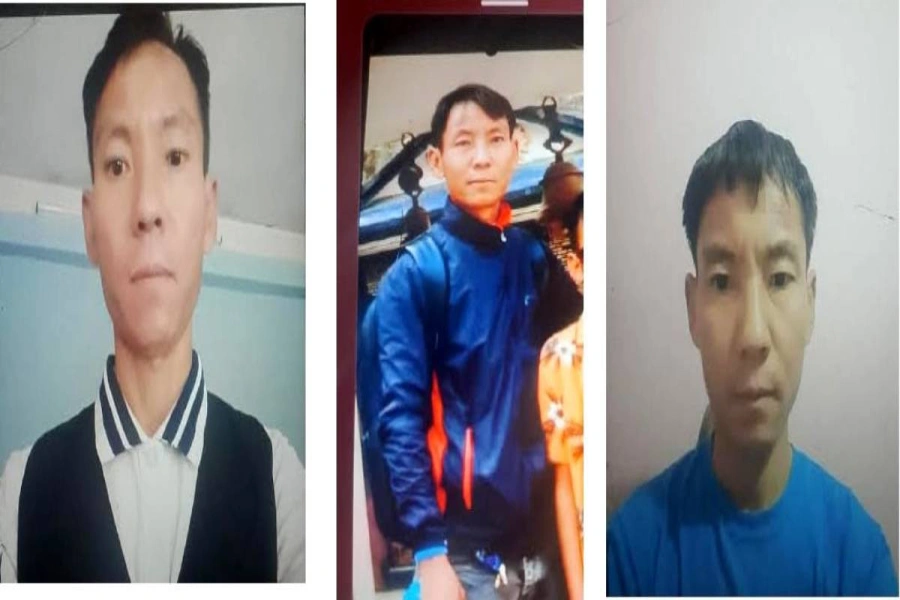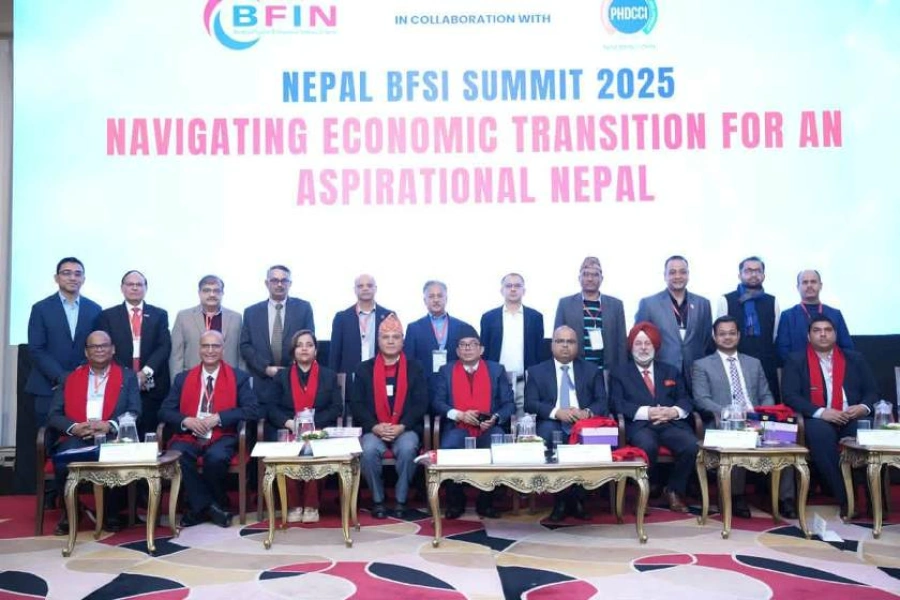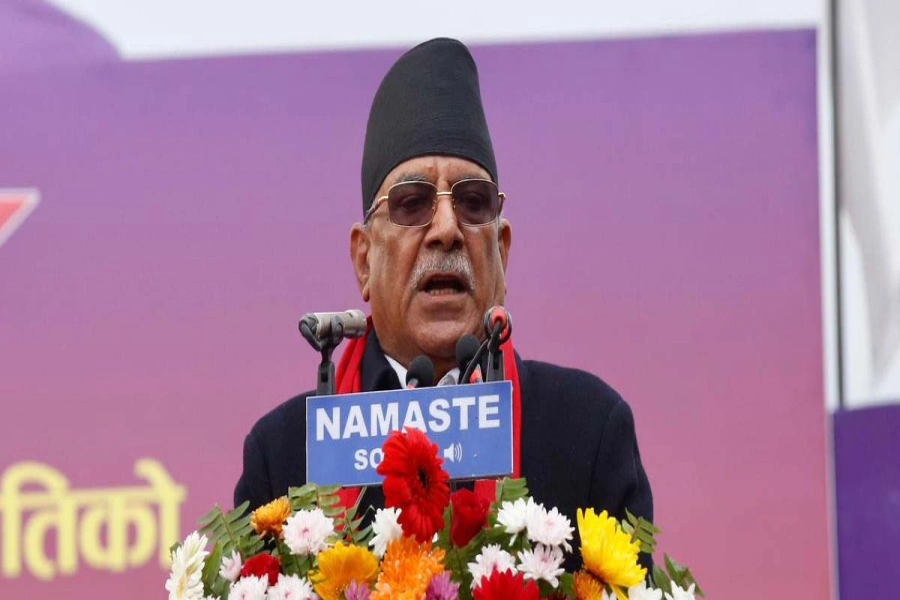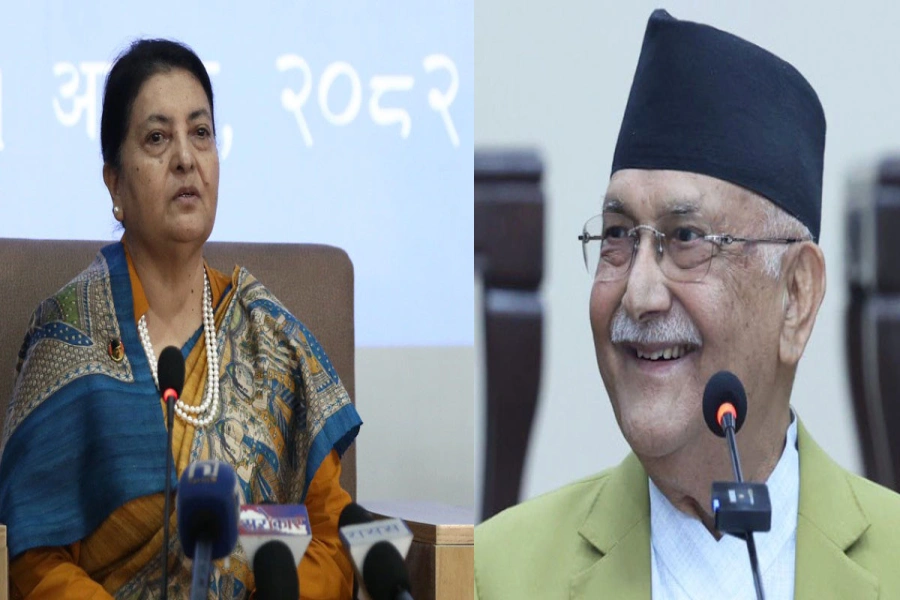Imagine feeling trapped in your own body where your brain persuades you in a direction that your heart opposes. Mental suffering is evident, and the effects of anxiety reflect physically. Despite the unimaginable hardship, there are some who have courageously accepted their fate and worked tirelessly to eliminate the social stigma that defames the LGBTIQ community.
My City’s, Shahin Sunuwar Rasaili explored the journey of three unique personalities to show the familiarity that the LGBTIQ community shares with the rest.
Voice for equality
Simran Sherchan, a transgender woman, is the National Program coordinator at USAID LINKAGES Nepal. She has been actively advocating for the rights of the LGBTIQ community. She says, “To claim our rights, we have to be vocal about our issues. Fear is our greatest drawback.”
In Pictures: Blue Diamond Society organizes 20th Nepal Pride Pa...

Sherchan says it took a series of events to recognize her true identity. At 13, she knew she wasn’t normal once she learned the differences between male and female anatomy. Then during her late teens, when she started getting attracted to boys, she assured herself that she was gay. She said, “I used to constantly ask myself why I was attracted to boys, being a boy. I suspected that I was a gay who preferred dressing up like a female. However, I realized that I was not a gay, but a woman altogether.”
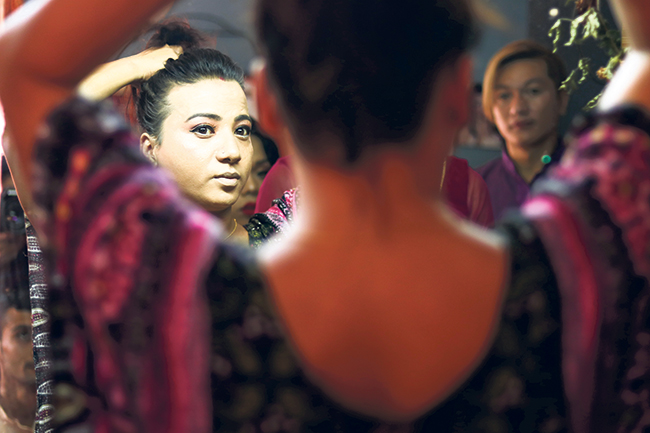 Explaining her final phase of realization, she stated, “After I was forced to marry a girl, I found out who I was. I did not want to ruin anybody’s life and I expressed my true self to the world, appearing as a transgender woman on Nepal Television.”
Explaining her final phase of realization, she stated, “After I was forced to marry a girl, I found out who I was. I did not want to ruin anybody’s life and I expressed my true self to the world, appearing as a transgender woman on Nepal Television.”
At first, she was stigmatized and her family also did not accept her. She shared, “Everybody said that it was an influence of the west.” Further explaining the purpose of her future conquest, of getting a breast implant, she said, “Why would I go under the knife just to look like every girl? I want to my external appearance to reflect what I feel from the inside. I want to be free!”
Man in a woman’s body
Sudip Gautam, formerly known as Sudipa Gautam, is a transgender man. Gautam says he used to feel trapped inside a woman’s body. Reminiscing about his childhood, he shared, “Once, when my mother was trying to get me into a frock, I shouted at my mom; I didn’t like to wear frocks or dresses. That day, my mother beat me, but from that day forth, she never forced me to dress up like girls.”
Gautam was sportier and more masculine than his other siblings. He says, he preferred the company of boys better. However, it all changed when Gautam completed his SLC (now SEE). He expressed, “During my teenage days, I was attracted to girls and I was confused about my feelings. I did not know what was happening inside me. When I went to college, I was bullied by my classmates. They used to call me ‘Chakka’ and other offensive names.”
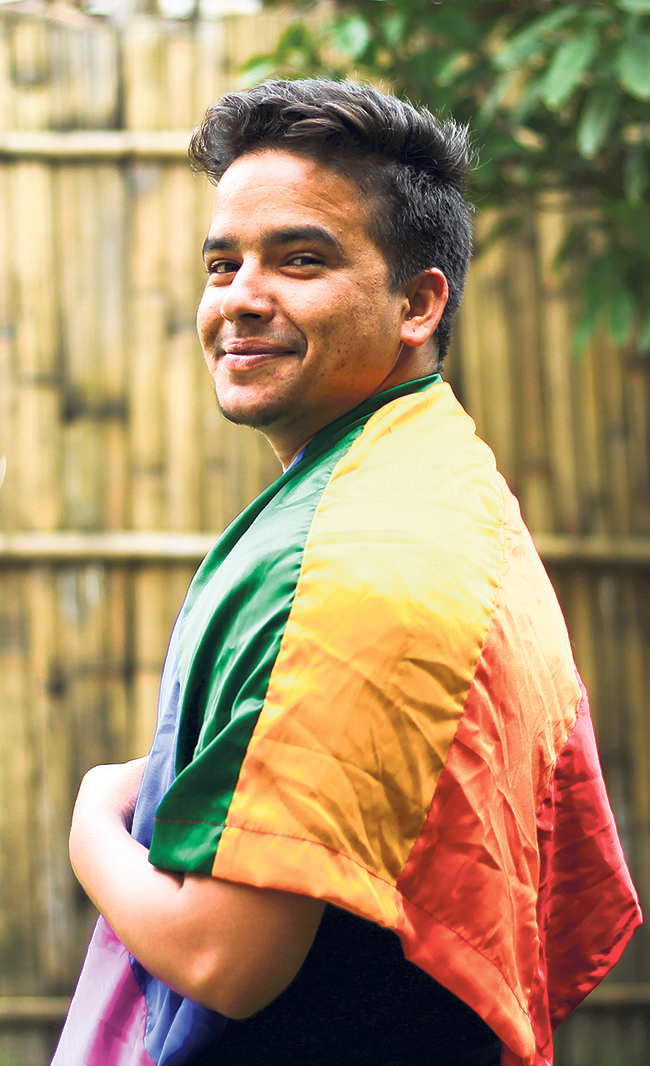 The behavior that Gautam’s peers made his family anxious. “My family kept worrying about what the society thought or said about my situation. I, coming out as trans-man, was a curse to them. I struggled hard to face the truth and I am still struggling to present my presence. Only my mother has accepted me.” said Gautam who is on a verge of sexual transformation, into a man.
The behavior that Gautam’s peers made his family anxious. “My family kept worrying about what the society thought or said about my situation. I, coming out as trans-man, was a curse to them. I struggled hard to face the truth and I am still struggling to present my presence. Only my mother has accepted me.” said Gautam who is on a verge of sexual transformation, into a man.
Exploring sexuality
Anuj Petter is a counselor at Blue Diamond Society (BDS). In a beauty pageant held earlier this year -- Mr. Gay Hunt 2018 -- he was awarded the second runner-up position.
“At the age of 24, I joined my master’s and started exploring myself. I also started talking to men through the internet and often visited hidden gay bars,” said Petter.
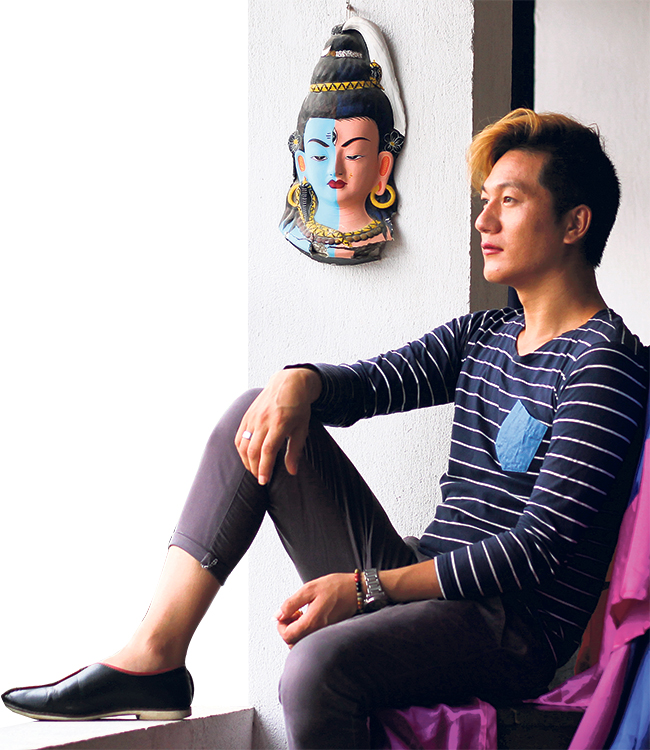 About his sexuality, he shared, “I am a gay. I accept my body the way it is. However, I am attracted toward men with feminine quality. At first, I used to think I got this feminine trait from one of my female cousin, who I used to live with. However, it wasn’t the case.”
About his sexuality, he shared, “I am a gay. I accept my body the way it is. However, I am attracted toward men with feminine quality. At first, I used to think I got this feminine trait from one of my female cousin, who I used to live with. However, it wasn’t the case.”
He feels that education is the key to liberation. Petter added, “Though we have a course in school level on reproductive health, it does not tell what LGBTIQ is. If it is included in the school curriculum, it would help the LGBTIQ identify their identity.”




